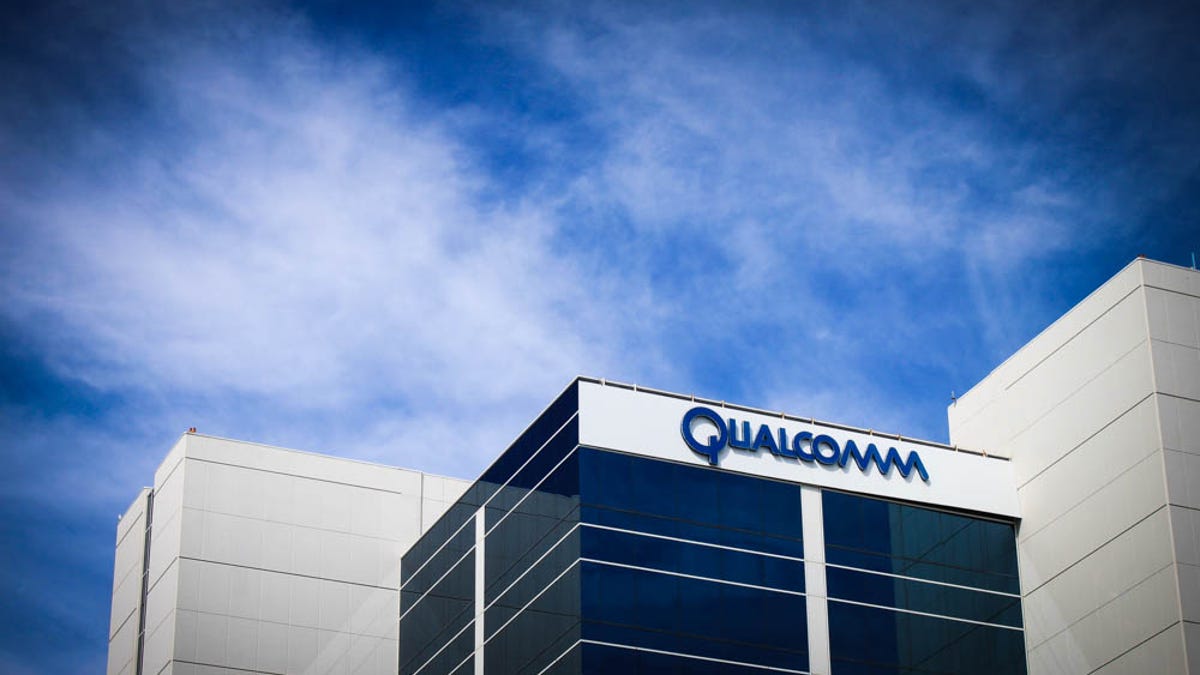New wearables boast always-on tracking that lasts a week
Qualcomm's new Snapdragon 1200 chips promise a new wave of kid, pet and elderly trackers, and maybe fitness trackers too.

Qualcomm's newest wearable chips are aimed at tracking your loved ones better.
The idea of tracking kids or older loved ones with a wearable band isn't new, but the devices out there don't have great battery life.
Qualcomm's new Snapdragon Wear 1200 chips aim to fix some of these problems by riding a middle ground between high-end smartwatch and regular fitness band. The new chip, announced at Mobile World Congress Shanghai, uses a different slice of your standard cellular network called LTE IoT, a technology that promises to be more power-efficient.
This technology isn't available everywhere yet. But when it is, these chips could connect trackers to the cellular network and last a lot longer. Qualcomm's previous generation of connected chips aimed at kid watches and elderly trackers, the Snapdragon Wear 1100, debuted in 2016 but required more frequent charging.
The new chip rides a lower-bandwidth internet-of-things network to increase battery life for watches that use it to once a week or even longer, supporting a more power-efficient standby mode while staying connected via GPS, Wi-Fi and cell towers.
A reference design for a screen-free tracker made by Borqs.
Some Snapdragon 1200 wearables are expected to be simple trackers for pets, children or the elderly, not high-end smartwatches. Qualcomm is also targeting a next generation of fitness trackers that could make LTE voice calls and have music streaming.
But -- and this is a big but -- this will require compatible networks that aren't widely available yet. Qualcomm's starting with two reference designs from Borqs and Quanta, where the required Cat-M1 and Cat-NB1 networks, which don't allow a lot of data but use little power, are available.
Maybe, down the road, your kid will get a next-generation band that has one of these that doubles as a phone, and will only need charging every week. Maybe senior care centers could develop better trackers with this technology. Or, down the road, it could go into your next fitness tracker.
Specs:
- Up to 10 days of LTE-connected standby
- Always connected via Cat-M1 and Cat-NB1 networks
- CPU: Arm Cortex A7, 1.3GHz
- Speeds: 300kbps/350kbps in Cat-M1, 10kbps/60kbps in Cat-NB1
- VoLTE voice support for calls
- 802.11ac Wi-Fi and Bluetooth 4.2 support
- Supports GPS, GLONASS, Galileo BeiDou plus Wi-Fi/cellular location, and Qualcomm cloud-based location services

